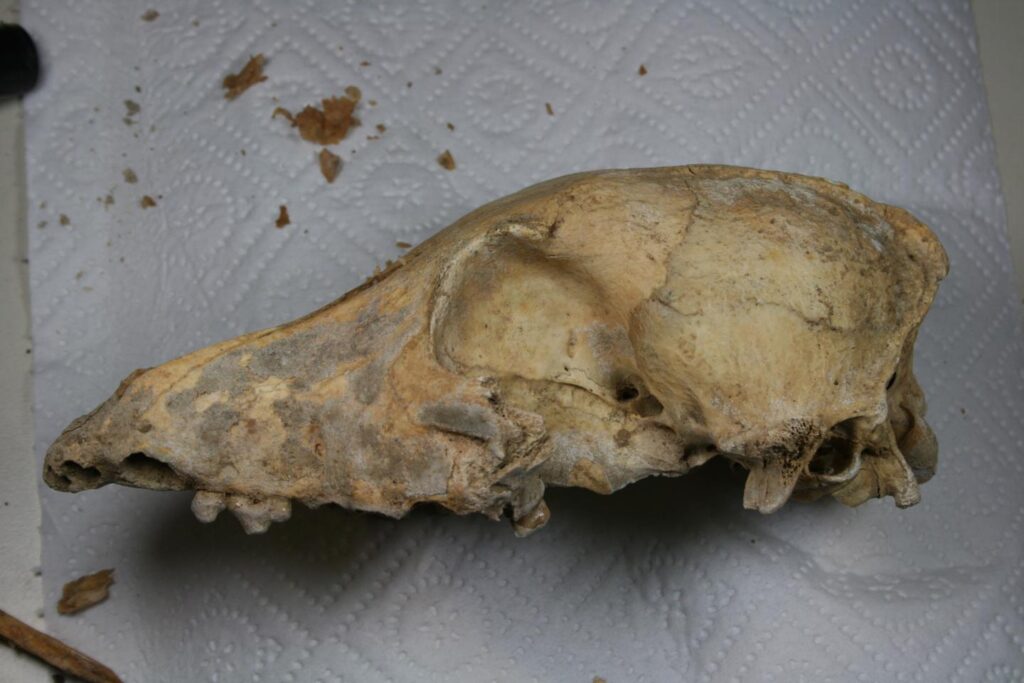Recent advancements in genetic research have shed new light on the origins of our furry companions, revealing intriguing insights into the domestication of dogs. A groundbreaking study led by Krishna R. Veeramah, Ph.D., of Stony Brook University, in collaboration with researchers from Johannes Gutenberg University Mainz, has unveiled compelling evidence regarding the ancestry of modern European dogs.
By meticulously analyzing the DNA of two prehistoric dogs unearthed in Germany, the international research team has unearthed remarkable findings. These ancient canine genomes, dating back thousands of years, are believed to be the likely ancestors of contemporary European dogs. Moreover, the study suggests that all modern dogs trace their roots to a single domestication event that occurred between 20,000 to 40,000 years ago, marking a pivotal moment in the intertwined history of humans and canines.
Dogs hold a unique place in human history as the first animals to be domesticated by our ancestors. The oldest dog remains, distinct from their wolf counterparts, have been traced back to ancient sites in what is now Germany, dating approximately 15,000 years ago. However, the archaeological narrative surrounding dog domestication has been clouded by ambiguity, with claims of early domesticated dog bones surfacing from diverse locations, including Siberia.
Only recently, through the application of cutting-edge paleogenomic techniques, were researchers able to sequence the genome of a 5,000-year-old dog from Ireland. This milestone study, conducted by the University of Oxford, initially suggested a dual domestication scenario, proposing that dogs were domesticated independently in Europe and East Asia during the Neolithic era. However, the latest research spearheaded by Veeramah and his team challenges this notion.
Contrary to prior analyses, the study reveals striking similarities between ancient European dogs and their modern counterparts, dispelling the hypothesis of a mass Neolithic replacement event. Instead, the findings indicate a singular domestication process that gave rise to the dogs of the Stone Age, who continue to share our homes and lives to this day.

In their seminal article titled “Ancient European dog genomes reveal continuity since the Early Neolithic,” Veeramah and his collaborators leverage the genetic data from a 7,000-year-old dog to pinpoint the timeline of domestication. Furthermore, the study unveils intriguing insights into population dynamics, suggesting migrations from Central Asia to Europe during the Bronze Age, accompanied by the introduction of distinct dog breeds.
Dr. Amelie Scheu, a key contributor to the research from Johannes Gutenberg University Mainz, emphasizes the importance of analyzing complete ancient genomes in unraveling the complexities of dog domestication. Through meticulous examination, researchers can discern the intricate interplay of human-mediated breeding practices, population movements, and genetic admixture that have shaped the canine lineage over millennia.
Despite these remarkable revelations, the precise geographic origins of dog domestication remain shrouded in mystery. However, Veeramah remains optimistic that further genomic sequencing of ancient Eurasian specimens will eventually unveil the elusive origins of humanity’s oldest companions.

Source: Universitaet Mainz
